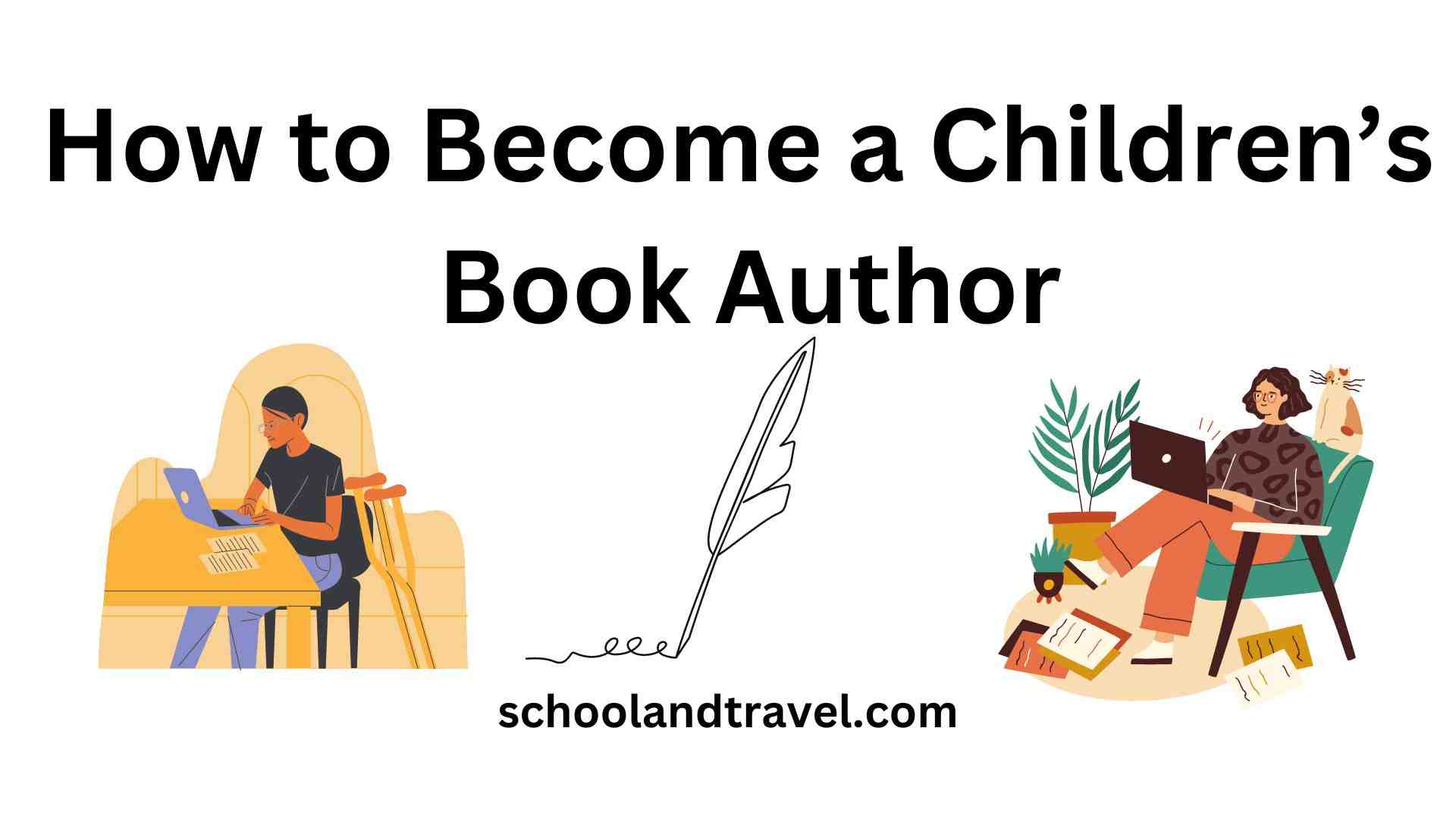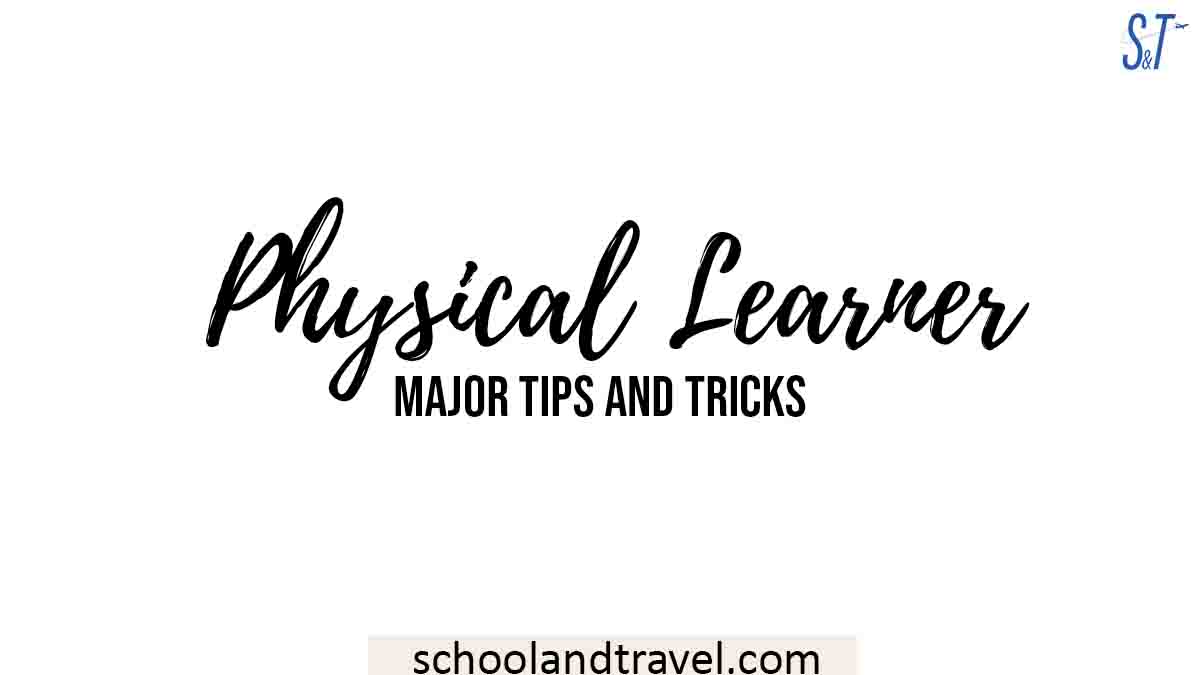Are you passionate about storytelling and have a knack for captivating young minds?
Becoming a children’s book author can be a fulfilling path that allows you to share your creativity with the world.
Do you have a specific story or want to explore your creative potential?
This article will provide essential steps and valuable insights to help you embark on this exciting path.
Who is a Children’s Book Author?
A children’s author is a writer who creates original books specifically for children or young adults.
They specialize in crafting stories catering to various age groups and genres within children’s literature.
Children’s authors may also write a series of books featuring the same characters across different formats or age groups, offering a diverse range of stories for young readers.
What kind of Books do Children’s Book Authors Write?
Children’s authors write various books catering to different age groups and genres. Here are some examples:
1. Board Books for Babies
These books are designed for infants and toddlers, featuring sturdy pages and straightforward, engaging content with colorful illustrations.
They often focus on introducing basic concepts like colors, shapes, numbers, and first words.
2. Picture Books for Preschoolers
Picture books are known for their vibrant illustrations and imaginative storytelling.
They typically target children aged 3 to 5 years and cover various themes, from friendship and family to problem-solving and emotions.
3. Early Readers
These books are designed for emerging readers who are starting to gain confidence in reading independently.
They contain shorter sentences, more straightforward vocabulary and often incorporate repetition to build reading skills.
4. Chapter Books
Chapter books are geared toward more advanced readers, usually between 7 and 10.
They feature longer stories divided into chapters and contain more complex plots and characters, allowing young readers to delve into longer narratives.
5. Middle-Grade Books
Middle-grade books are aimed at pre-teens, typically aged 8 to 12.
These books cover various genres, including adventure, mystery, fantasy, and realistic fiction, exploring themes relevant to this age group’s experiences and challenges.
6. Young Adult Books
Young adult (YA) books cater to teenagers and beyond, addressing more mature themes and tackling complex issues.
These books span various genres, such as contemporary, dystopian, romance, and fantasy, offering engaging stories that resonate with older readers.
Is Being A Children’s Book Author A Good Career Path?
In a word, yes. It is generally accepted within the publishing industry that an author has a 1% to 2% chance of having their work published.
Far more than 95% of manuscripts received by publishers and agents fall short of even the minimum standards.
Authors make a living by producing written works for others to read.
While only a select few writers ever achieve true fame and fortune, many more carve out successful careers by peddling their wares in various media.
From 2021-2031, the job market for writers and authors is expected to rise by 4 percent, roughly the average growth rate for all occupations.
You’ll need either a traditional publishing deal or to self-publish your work before you can call yourself a published author. There are no other requirements.
What do Children’s Book Authors do?
1. Writing Stories
Children’s authors use their creative imagination and writing skills to craft engaging stories that cater to young readers’ interests, emotions, and experiences.
They develop characters, plotlines, and dialogue that resonate with children and capture their attention.
2. Research
Authors often research to ensure the accuracy and authenticity of their stories. This may involve studying specific topics, historical periods, or cultural aspects relevant to the narrative.
Thorough research helps in creating a compelling and educational reading experience for children.
3. Revising and Editing
Authors revise and edit their drafts to refine their stories.
This involves reviewing the manuscript’s structure, pacing, and language, making necessary changes, and polishing the overall narrative.
They may seek feedback from peers, writing groups, or editors to enhance the quality of their work.
4. Publisher Search
Children’s authors actively search for publishers who specialize in children’s literature.
They research and identify potential publishing houses that align with their writing style and target audience.
Finding the right publisher is crucial for recognizing their work and reaching a broader readership.
5. Submission and Communication
Authors submit their manuscripts to publishers for consideration.
This process involves writing query letters and book proposals and submitting sample chapters or complete manuscripts.
They communicate with publishers regarding submission guidelines, follow-up inquiries, and contract negotiations.
Steps to Becoming a Children’s Book Author
1. Develop your Writing Skills:
The first step is to enhance your writing abilities by pursuing a degree in English, creative writing, or a related field. Then, take grammar, editing, critical thinking, and storytelling courses.
Remember to acquire a strong foundation in writing techniques and styles.
2. Study Children’s literature:
Immerse yourself in the world of children’s books. Read extensively across different genres and age groups to understand the nuances of writing for children.
Do analyze award-winning and popular books to identify successful storytelling techniques and themes that resonate with young readers.
3. Craft compelling stories:
Develop storytelling skills by creating engaging narratives, well-rounded characters, and age-appropriate content.
Experiment with different genres and writing styles to find your unique voice as a children’s author. Always watch plot structure, dialogue, and pacing to captivate young readers.
4. Connect with the target audience:
You need to understand your target audience’s needs, interests, and preferences. Then, interact with children through volunteering at schools, libraries, or community centers.
Engage in conversations, observe their reactions to books, and learn from their perspectives to create stories that resonate with them.
5. Build a network in the publishing industry:
Attend writing conferences, workshops, and book festivals to meet industry professionals, fellow authors, and literary agents.
Join writing communities or critique groups to receive feedback on your work and gain insights from experienced authors.
Networking can open doors to opportunities and help you navigate the publishing process.
6. Create a compelling book proposal:
Craft a polished and persuasive book proposal with a synopsis, target audience, marketing analysis, and a sample chapter.
Research publishers and agents specializing in children’s books and carefully follow their submission guidelines.
A well-crafted book proposal increases your chances of capturing the attention of publishers or agents.
7. Persist and embrace rejection.
The publishing journey can involve rejection and setbacks.
Understand that rejection is a normal part of the process and use it as an opportunity to learn and improve.
Stay persistent, revise your work if necessary, and continue submitting to different publishers or agents until you find the right fit.
8. Consider self-publishing:
Self-publishing provides an alternative route to getting your book into the hands of readers.
With technological advancements and online platforms, you can publish and market your children’s books independently.
However, be prepared to invest time and effort in learning about self-publishing processes, cover design, formatting, and effective marketing strategies.
9. Collaborate with illustrators
Children’s books often require captivating illustrations to enhance the storytelling experience. Consider collaborating with talented illustrators to bring your characters and world to life.
Research and connect with illustrators who align with your vision and artistic style.
10. Market and promote your book
Once your book is published, invest time and effort in marketing and promotion.
Utilize social media platforms, author websites, book signings, school visits, and collaborations with libraries or bookstores to generate awareness and reach your target audience.
Engage with readers, participate in book events, and leverage online platforms to showcase your work.
Why Write Children’s Books?
One of the most significant genres of literature is children’s fiction because of the lessons it teaches its readers (both young and old alike), the values it instills, and the people and places it introduces them to.
The right kind of children’s books can do wonders for young readers’ cognitive development by encouraging them to draw inferences, engage in hypothesis testing, and explore the connections between seemingly unrelated events.
Children can appreciate and understand the world around them via educational books that cover a wide range of topics.
A child can learn about empathy, companionship, and even the variety of the human body from reading a children’s book.
FAQs on How to Become a Children’s Book Author
To become a children’s author, there are no strict qualifications required. However, possessing certain skills and qualities can greatly enhance your chances of success. A strong command of language, creativity, imagination, and the ability to connect with young readers is essential. Writing courses or workshops focused on children’s literature can provide valuable insights and techniques.
A children’s book’s length can change depending on the age range it’s written for. The word counts of children’s picture books often fall between 500 and 1,000. The recommended word count for beginning readers is between 1,000 and 2,500 words. When deciding how long your children’s book should be, keep in mind your intended readers’ attention span and reading levels.
Yes, you can absolutely sell children’s books online. In fact, the online marketplace provides an excellent platform for authors to reach a broad audience and connect with potential readers.
J.K. Rowling, the author of the Harry Potter series.
Conclusion
Becoming a children’s book author is an opportunity to inspire young readers and positively impact their lives.
Following the steps outlined in this guide, you can nurture your storytelling abilities and develop the skills necessary to create engaging and memorable children’s books.
Remember, passion is the most essential ingredient in your journey, so let your imagination soar and start penning your extraordinary tales today.
Start crafting your first children’s book and become a cherished children’s book author!
Awesome one; I hope this article answers your question.
Editor’s Recommendations:
- 10 Best Jobs For College Drop Outs (FAQs)
- How Students Can Get Essay Writing Help
- 7 Top Guides to Writing the Perfect Essay in College
- 13 Best Jobs for Recent College Grads (FAQs)
- 7+ Easiest Business Schools to Get Into (FAQs)
- Screenwriting Vs. Scriptwriting (Differences, FAQs)
- Does Psychology Require Math? (Benefits, Math Skills, FAQs)
- What is RA Certification? How to Get it (Benefits, FAQs)
- Can Nurses Do Stitches? (Yes/No, Who Can, Training, FAQs)
- What is 19A Certification? How to Get (Steps, Renew, FAQs)
- How Long Does it Take to Get a Lifeguard Certified? (FAQs)
If you find this article good, please share it with a friend.






